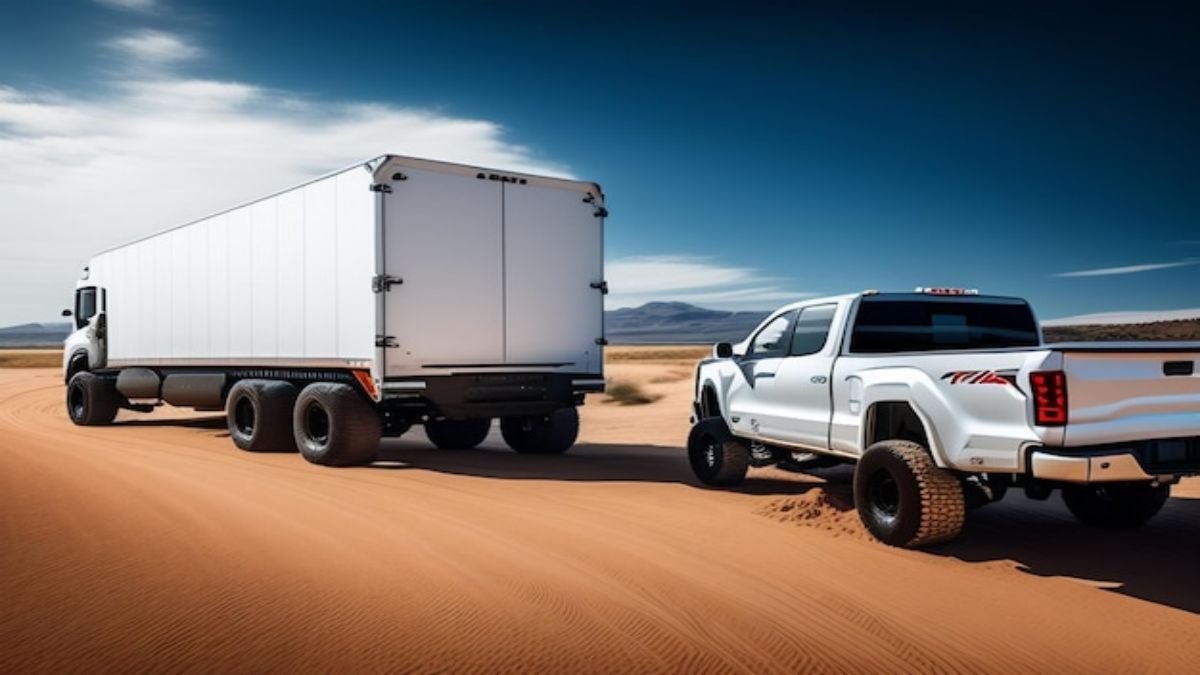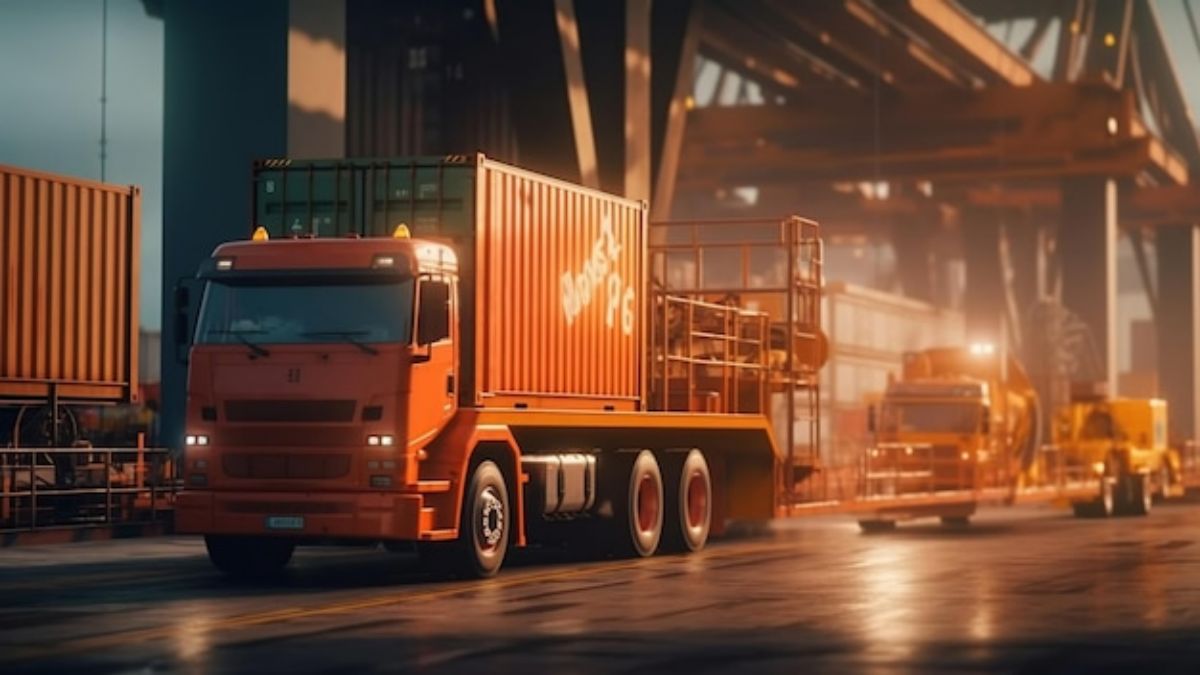About Balance Transfer Basics!
Insuring Your Peace of Mind: An Overview of Common Types of Insurance.
What You Need to Know About Secured Credit Card Deposits!
What do you Know About Credit Scores!
What to do When Your Auto Insurance Claim is Denied?
Unveiling the Truth: Debunking Home Insurance Myths.
Ever since their introduction, trucks have undergone massive evolution, primarily driven by technological advancements.
The objective is to improve the performance, safety, and efficiency of these vehicles.
Trucks, which started from a humble beginning as a vehicle that would transport cargo, have come a long way now. They are no longer simple utility vehicles; they have become sophisticated and smart machines.
The journey and evolution of trucks have completely transformed the transportation industry. Technological advancements have played a major role in the development and shaping of the modern vehicles we see around us today.
The Current Scenario:
You've likely heard of Tesla, Daimler, and Volkswagen and their self-driving electric trucks, but have you heard of Einride, Kalmar, and Traton?
The autonomous truck market was worth $301.2 billion in 2022 and keeps expanding, with a growth rate of 15% per year from 2023 to 2032.
Let’s check out some of the most prominent technological advancements that have shaped modern vehicles in the present time.
Smart technological advancements:
Over the years, there have been innovations and changes in the materials used in the making of the trucks. Besides, the manufacturing processes have also changed over the years.
Previously, materials used in the making of trucks were heavy. But with innovation and changes in the manufacturing process, lightweight and durable materials are now being used in the construction of trucks.
In recent times, the use of composite materials, aluminum alloys, and high-strength steel has helped in the reduction of vehicle weight. It has helped in achieving fuel economy and has also successfully enhanced structural integrity.

Development of engines:
For ages, traditional trucks were powered by ICE, or internal combustion engines. Such engines generally rely on gasoline or diesel fuel. This engine works by burning fuel that exists in the cylinder for combustion, and in the process, it generates power.
This power gets transmitted through the transmission to the wheels, helping to move the truck forward. This kind of engine was used for several decades in the past and was used to power trucks that moved large distances.
But with the development and advancement of technology, people are showing keen interest in electric trucks. These trucks offer great efficiency and environmental benefits.
Changes in Driving Technology:
Over the next few years, semi-autonomous and autonomous driving technologies will be introduced. These are quite effective and have the potential to completely revolutionize the trucking industry.
There are several interesting and updated features that are introduced, which include adaptive cruise control, autonomous emergency braking, lane-keeping assist, and more. The objective is to improve operations.
Use of the Hydraulic Braking System:
Hydraulic braking systems were introduced in the 1920s, which significantly improved truck safety as they provided a responsive braking mechanism.
With this innovation, the risk of accidents was minimized, which contributed to better safety. It laid the foundation for the latest braking technology.
Main advantages:
●There is complete and precise control on the braking force.
●The systems are quite efficient as they transmit force without much losses.
●They are known to provide reliable and consistent braking performance.
However, it is important to note that this needs regular maintenance. It assures that there are no leakages in the system. It also assures that the brake fluid is in the right condition and level.

Significant Advancement in Transmission Systems:
Over the years, there has been significant advancement in the transmission system. Automatic and automated manual transmissions have improved the driving experience.
It has improved the efficiency of fuels and also optimized the power delivery of trucks. That’s not all; these innovations have made operations easier, especially for drivers who need to navigate difficult terrain and areas of heavy traffic.
Use of Collision Avoidance Systems:
The need for anti-collision systems in trucks can never be denied.
With the use of modern technologies and systems like radar, cameras, and sensors to detect obstacles and other vehicles, it is now possible to alert the driver and automatically apply brakes if necessary.
An anti-collision system is a safety device that functions to reduce the severity of an accident or even to prevent accidents just a few seconds before their occurrence. Previously, trucks did not have this system installed.
As a result, if there was any unfortunate incident and there was a collision, there was a big loss to not just property but life as well.
With the implementation of this anti-collision system, truck safety was enhanced. Such a system would provide early warning and automatic braking in critical situations.
This would help reduce the risk of accidents. It would also protect road users and drivers. The damage to the trucks is also reduced. Besides, there is increased confidence in the minds of fleet owners and truck drivers.

Driving Has Become More Precise Now:
With more advanced trucks, driving becomes more precise and maybe a bit easier for the drivers. There was a time when driving a truck was considered to be a very difficult task and one which needed a lot of experience.
However, with rapid advancement and with new systems in place, it lets trucks to form convoys, controlled by computers that communicate with each other.
This setup lets trucks follow closely behind one another, reducing the number of drivers needed and cutting emissions due to better aerodynamics.
This is all made possible through telematics, which involves sending, receiving, and storing information via telecom devices to control trucks remotely. The result is a long line of trucks moving in the same direction, one after the other.
This platooning technique can save a lot of fuel and reduces emissions by reducing wind resistance and easing traffic congestion.
It also enhances safety by creating a single, predictable line of large vehicles instead of having many trucks spread out across the roads.
Final Thoughts:
As the trucking industry continues to grow and as it embraces the cutting edge technology, it is expected that we see even more strides in the next few years. Certainly it is going to help in getting a sustainable and smarter future for transportation.